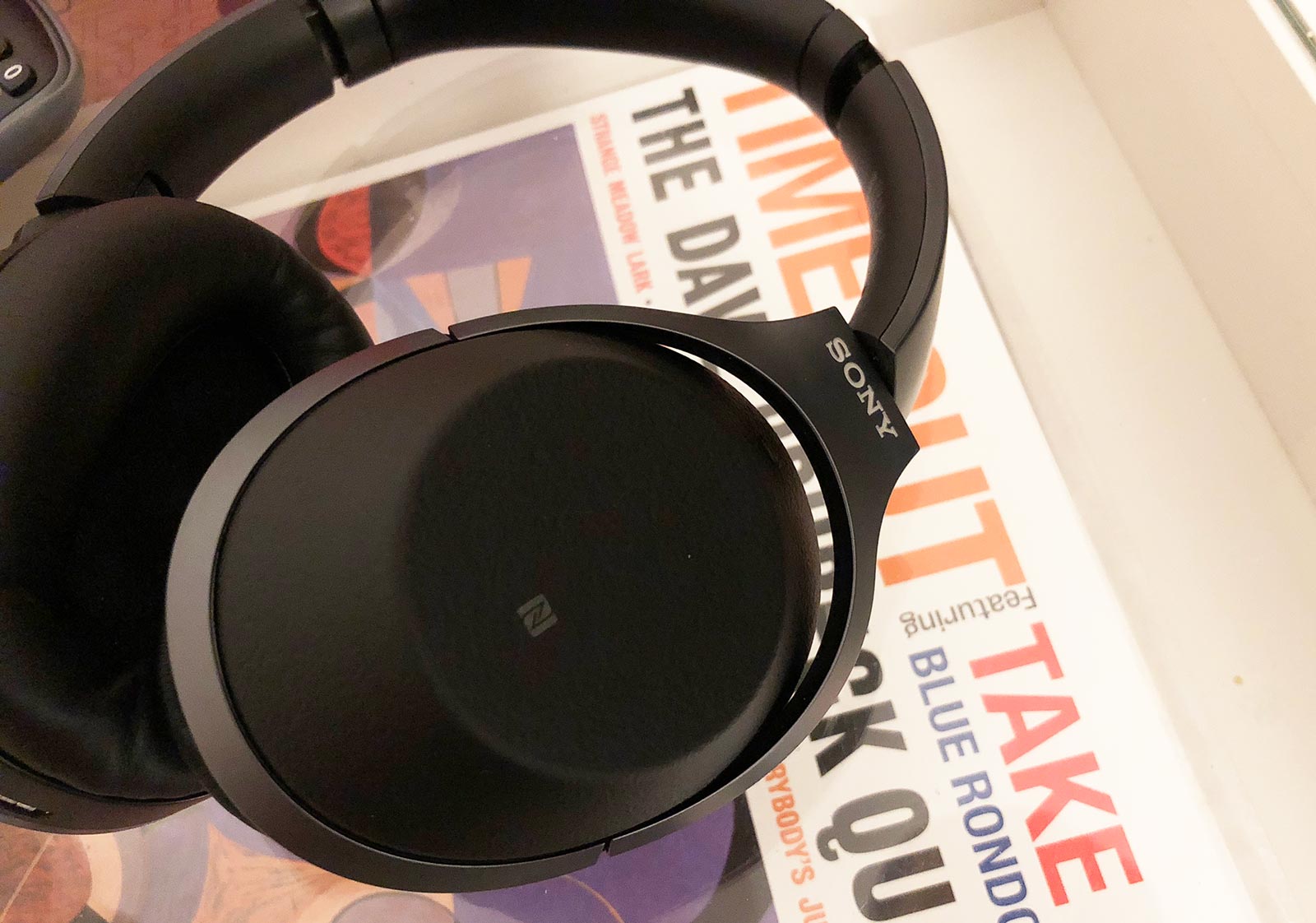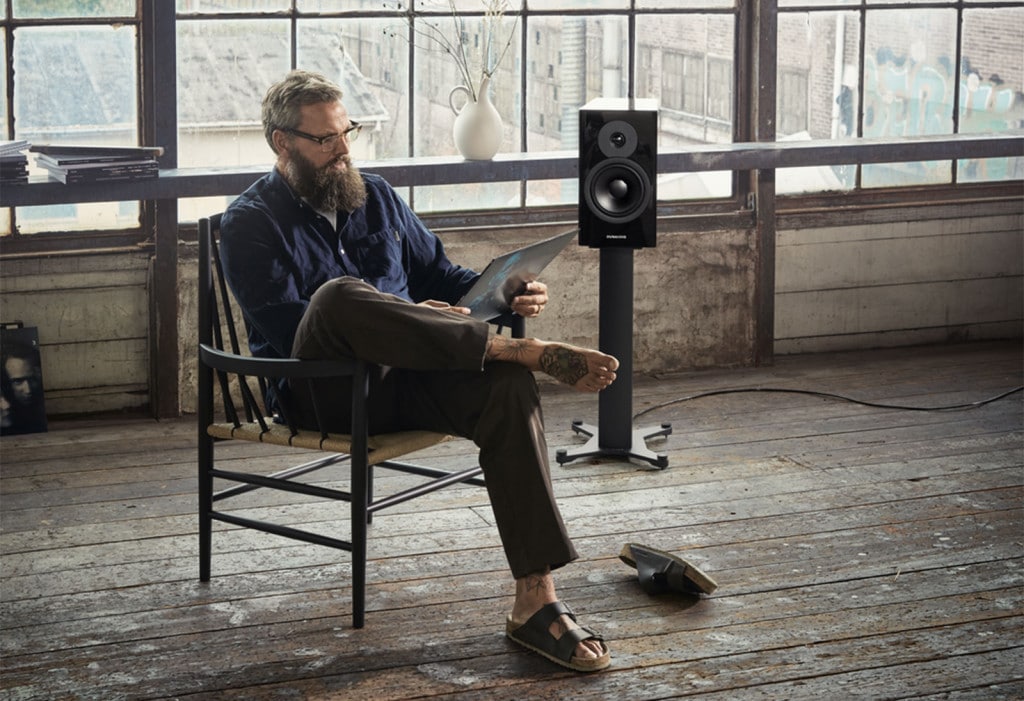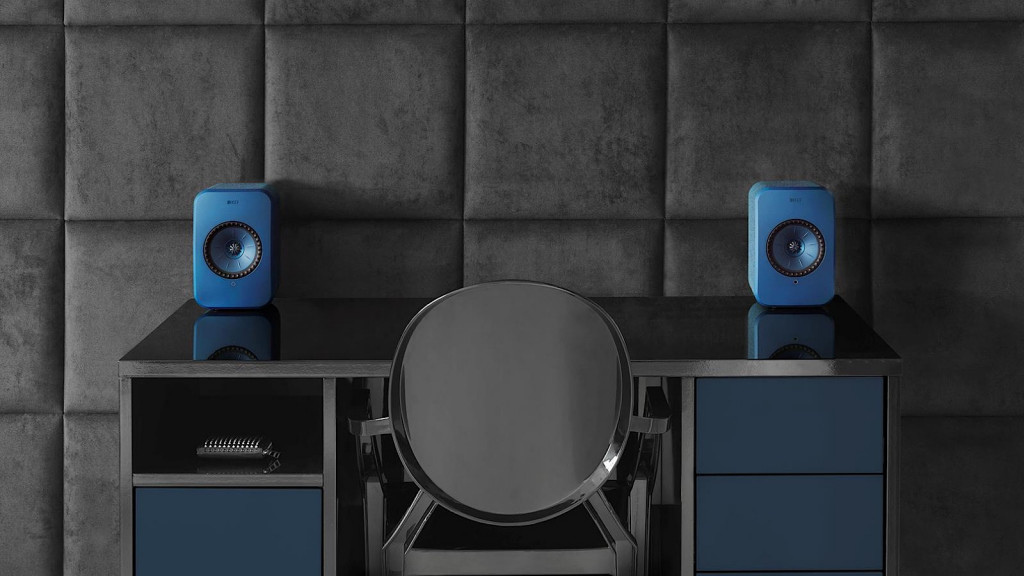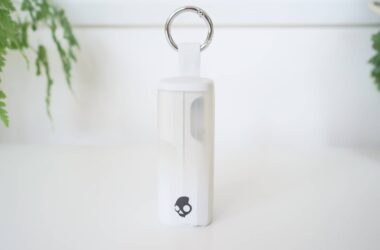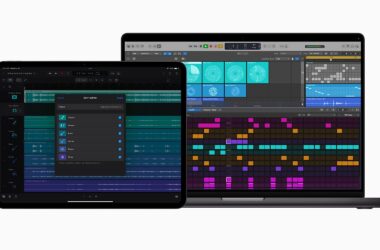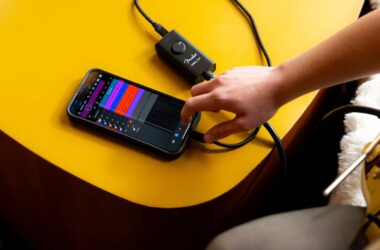If you’ve ever wanted to know how to properly put a new pair of headphones and speakers through the ringer, it’s time to play some tunes.
Whether you’re in store and keen to try a new pair of headphones or a speaker, or have just bought something new, there’s a chance you’ll want to test it like a reviewer. It’s a process called auditioning, because you’re effectively auditioning your ears with product, typically ahead of purchase.
Fortunately you can use similar methodologies to do your own testing and auditioning with headphones and speakers you already own, or even models found in store.
Reviewers tend to follow methodologies when it comes time to test an audio product, and those methodologies are typically based around test tracks they love. It could be an album or just individual tracks, but it will likely be repeatable.
Pick a playlist made by pros
One way to get stuck into auditioning is to grab a playlist from an audio product manufacturer, from a company that specialises in making headphones and speakers. It’s a logical approach if you can find them, because the makers of headphones and speakers need to test their products, so using a playlist they use for this purpose makes sense.
Bose offers a few playlists, but only one is earmarked for its headphones, with a small 35 minute playlist ideal for testing cans from one of the companies that kickstarted the whole active noise cancellation space.
Bowers & Wilkins has been making gear for quite a while, and its presence on Spotify offers quite a few test playlists for various products in its range, including the P9 headphones, the T7 Bluetooth speaker, one made for headphones regardless of who makes them, and a playlist focused on B&W’s favourite live tracks, to name but a few.
If you’re at all familiar with gear from Klipsch, you might be interested to know the company keeps a list of Spotify playlists handled by fans of the brand, plus folks who seem like they’re possibly ambassadors for Klipsch itself.
And then there’s Cambridge Audio, which provides a list of tracks you might want to check out, as well as a link to Spotify if you want to check them out there.
Danish high-end audio brand Dali offers up a compilation of tracks suggested for its loudspeakers, which you can find on the Dali page for Tidal and Spotify, while a sound test playlist from KEF, though you’ll need a Tidal account if you want to listen, one of the few that uses Tidal specifically instead of Spotify.
Pickr’s playlists are available, too
Alongside those expert playlists, Pickr also has a couple of playlists for you to test your gear with. We use the standard playlist in every headphone and speaker review, and depending on the level of bass we’re hearing (or not), we’ll use a secondary playlist for testing bass.
Our standard playlist has gone through two versions, and we typically run it in lossless FLAC audio, though these days have found high-quality sound from downloadable versions in both Apple Music and Spotify (we’ve tried building it on Tidal, but have found the same tracks aren’t on that service, sadly).
More importantly for us, our playlists afford us the opportunity of trying out some of the world’s best tracks across several genres in a repeatable fashion. It means that while we’re often listening to the same songs over and over again, we become familiar with what they should sound like, and can then understand the personality each headphone and speaker exudes as we play these tracks that we know like the back of our hand.
You’ll know a speaker or headphone is doing something different when you start to hear changes in the recording that you’ve never heard before, something we’ve experienced when running the Pickr Playlist through planar magnetic headphones, and through select models, such as the Sony WH-1000XM3, the Apple AirPods Pro, and the Beats Solo Pro.
While our playlist selection isn’t entirely exhaustive, it does offer a track from a fairly diverse assortment of music styles, which helps us to nail what headphones and speakers are doing, and where they work best, and you can apply that to your own testing, too.
Choose the music you know back to front
We know the songs on our playlists back to front, but you probably have some albums you’re entirely familiar with, as well. We’re talking music you totally get, with an album or two you love.
Think of an album you bought and fell in love with. You know the tracks off it, whether they’re the ones you like or the ones you skip. You know the order of which are the best, or maybe you love the entirety.
The album you love might be engineered well, or it might just be something you love. The point here, however, isn’t that it’s necessarily a brilliant mark of engineers band audio mastering, but more that you know it inside out, and can recognise when it sounds different, for better or worse.


